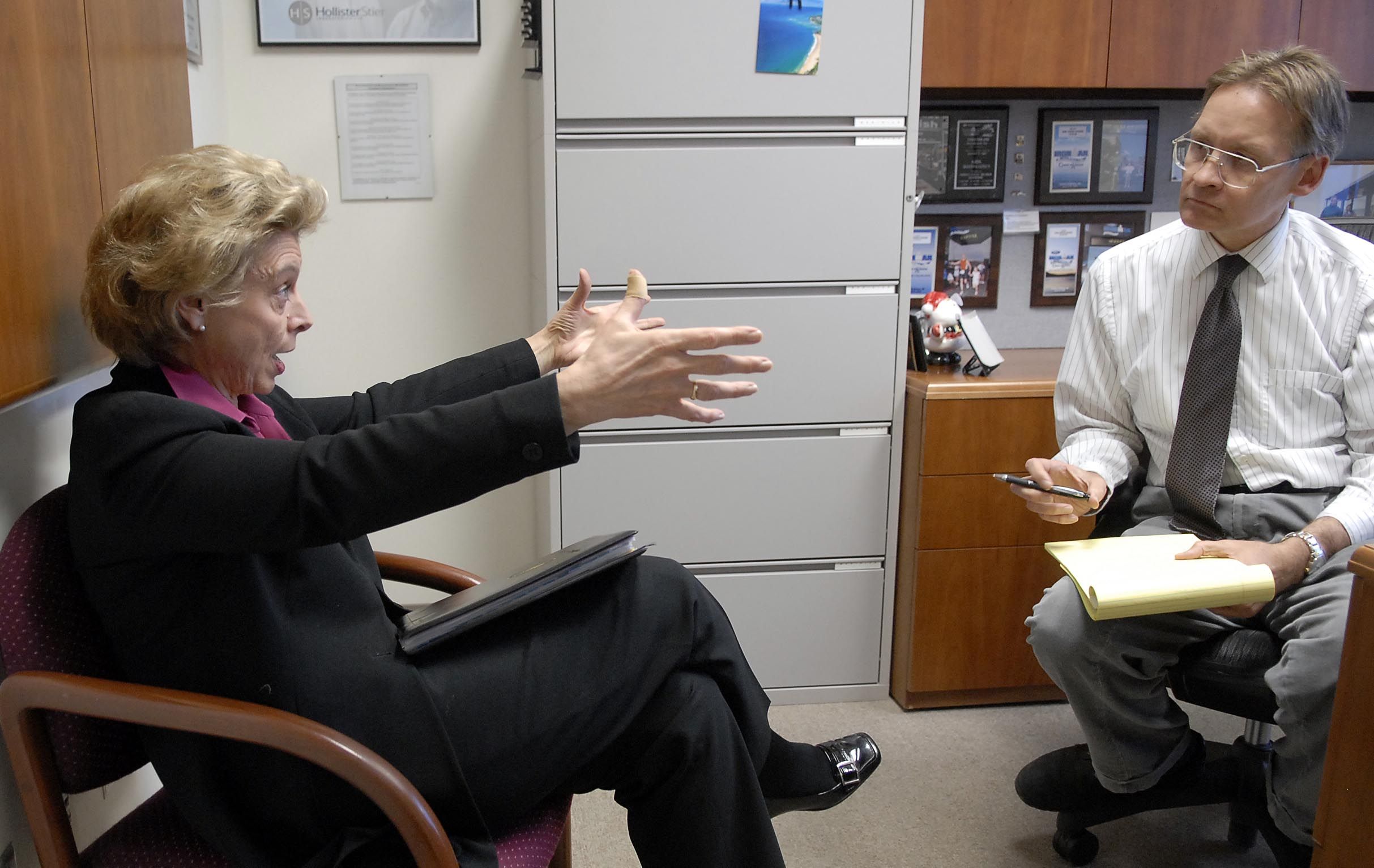Jim Camden: Favorite stories of 2015
It’s a difficult task, as one year ends and another starts, to look back over the last 12 months and pick out favorite stories.
It reminds me of talking to high school or college students about being a reporter, and being asked what’s my favorite story of all the ones I’ve written. Like most reporters, I cover many people and events over the course of a year. The first half of 2015 was spent at the Legislature, writing about issues ranging from building a new medical school in Spokane to changing the state’s marijuana laws (again) to coming up for money for the North South freeway (again) to gun control.

Changing state law so Washington State University could actually apply for a medical school took up a significant part of my time in the first three months of the session, and Gov. Jay Inslee signing the bill on April 4, complete with a photo of Inslee shaking hands with WSU President Elson Floyd, was probably the most memorable moment in those months. It may be more memorable because in just over two months, Floyd would die from cancer that was ravaging his body while he continued the campaign for the school.
 Another story from the early days of the session also sticks in my mind because of a photo I shot. It featured Rep. Matt Shea posing with gun rights supporters on the steps in front of the House of Representatives after he had addressed 2nd Amendment advocates at an outside rally.
Another story from the early days of the session also sticks in my mind because of a photo I shot. It featured Rep. Matt Shea posing with gun rights supporters on the steps in front of the House of Representatives after he had addressed 2nd Amendment advocates at an outside rally.
When the Legislature passed a gasoline tax increase and assigned some of it to the North Spokane Corridor, transportation writer Mike Prager and I did a look back at the long, long, long history of that still unfinished roadway.
 The most fun story I wrote about legislation involved a small change in state law, that allows beekeepers to be classified as farmers, rather than hobbyists. Which means bees can be considered livestock.
The most fun story I wrote about legislation involved a small change in state law, that allows beekeepers to be classified as farmers, rather than hobbyists. Which means bees can be considered livestock.
In April, I revisited a 1992 murder, explaining why a U.S. Supreme Court ruling could mean that the teen killer of a Spokane man might be released years early, and the victim’s family’s reaction to that news.
Not everything was tied to government or the Legislature. A magazine story on the potential Killer Quake from Washington’s off-shore fault prompted a story about how it almost certainly wouldn’t be as bad as the New Yorker made it out to be.
 A story in The New Republic set us on a path to write about a local family’s ties to the liberation of the Nazi concentration camp at Dachau.
A story in The New Republic set us on a path to write about a local family’s ties to the liberation of the Nazi concentration camp at Dachau.
I got to question the city’s selection of Daniel K. Oliver as a member of the first class of the Spokane Citizen Hall of Fame, a man who was selected primarily because organizers said he was the city’s first African American councilman. City officials said they couldn’t find any of his relatives, so the award went to the NAACP and its president, Rachel Dolezal, for safekeeping. Only problem was Oliver had several descendants in town, and they were sure he wasn’t African-American. In a comment that would seem ironic a few months later, Dolezal said she was sure he was, adding “visibility is just one factor” in determining race.
I got to meet Ellen Picken, a Spokane artist, as she was finishing up a mural on a building in Seattle. I don’t know much about art, but I liked what she did to the sides of that hotel garage.
I got to tell about Lucy Covington, a Native American leader who kept the Colville Confederated Tribes and others from losing their reservations and inspired a generation of tribal leaders.
So what was my favorite story? The only answer I have is the one I give the students. My favorite story isn’t one that I’ve already written; it’s the next one I’m working on.
